Chemosphere ( IF 8.1 ) Pub Date : 2018-12-04 , DOI: 10.1016/j.chemosphere.2018.11.201
Yu Huang , Wentao Li , Long Qin , Xianchuan Xie , Bin Gao , Jie Sun , Aimin Li
In this work, the partition of endocrine-disrupting chemicals (EDCs) in colloid-bound and truly dissolved phases in municipal wastewater before and after advanced treatment processes was determined. The effluents, which were filtered using a 0.45 μm membrane, were further separated with the 1 kDa cross-flow ultrafiltration system into two phases, namely, colloidal phase (0.45 μm-1 kDa) and soluble phase (<1 kDa), and the partition coefficients of typical EDCs to colloids (Kcoc) were calculated. The removal of typical EDCs and their estrogenic activity in secondary effluent by coagulation sedimentation (CS), granular activated carbon (GAC) adsorption, magnetic ion exchange resin (NDMP), and ozone processes was compared. Results show that the percentages of colloid-bound EDCs were noteworthy and ranged between 7.8% and 44.3% in secondary effluents. The reduction in EDCs resulting from the GAC adsorption process was positively correlated to their logKcoc, thus suggesting that the adsorption of EDCs onto granular activated carbon and colloids exhibited a similar phenomenal character. Ozone oxidation was most effective in removing both colloidal phase and soluble phase EDCs, whereas CS displayed a relatively adequate performance in reducing colloidal EDCs. EDCs with lower Kow values exhibited higher removal by ion exchange resin. The combination of modified NDMP and ozonation processes achieved the best performance in reducing estrogenic activity and satisfying the predicted no-effect concentration (PNEC).
中文翻译:

破坏内分泌的化学物质在市政二级废水的胶体和可溶性相中的分布以及通过不同的高级处理工艺去除的过程
在这项工作中,确定了在进行深度处理之前和之后,市政废水中胶体结合和真正溶解相中的内分泌干扰物(EDC)的分配。使用0.45μm膜过滤的流出物用1 kDa错流超滤系统进一步分离为两相,即胶体相(0.45μm-1kDa)和可溶相(<1 kDa),然后计算了典型EDC与胶体(Kcoc)的分配系数。比较了典型的EDC的去除及其在次级废水中的凝结沉淀(CS),颗粒活性炭(GAC)吸附,磁性离子交换树脂(NDMP)和臭氧过程的雌激素活性。结果表明,胶体结合的EDCs的百分比值得注意,介于7.8%和44之间。二级废水中占3%。由GAC吸附过程引起的EDC的减少与它们的logKcoc正相关,因此表明EDC在颗粒状活性炭和胶体上的吸附表现出相似的现象。臭氧氧化在去除胶体相和可溶性相的EDC方面最有效,而CS在还原胶体EDC方面表现出相对较好的性能。较低Kow值的EDC表现出较高的被离子交换树脂去除的能力。改良的NDMP和臭氧化工艺的组合在降低雌激素活性和满足预期的无效应浓度(PNEC)方面达到了最佳性能。因此表明,EDCs在颗粒状活性炭和胶体上的吸附表现出相似的现象。臭氧氧化在去除胶体相和可溶性相的EDC方面最有效,而CS在还原胶体EDC方面表现出相对较好的性能。较低Kow值的EDC表现出较高的被离子交换树脂去除的能力。改良的NDMP和臭氧化工艺的组合在降低雌激素活性和满足预期的无效应浓度(PNEC)方面达到了最佳性能。因此表明,EDCs在颗粒状活性炭和胶体上的吸附表现出相似的现象。臭氧氧化在去除胶体相和可溶性相的EDC方面最有效,而CS在还原胶体EDC方面表现出相对较好的性能。较低Kow值的EDC表现出较高的被离子交换树脂去除的能力。改良的NDMP和臭氧化工艺的组合在降低雌激素活性和满足预期的无效应浓度(PNEC)方面达到了最佳性能。较低Kow值的EDC表现出较高的被离子交换树脂去除的能力。改良的NDMP和臭氧化工艺的组合在降低雌激素活性和满足预期的无效应浓度(PNEC)方面达到了最佳性能。较低Kow值的EDC表现出较高的被离子交换树脂去除的能力。改良的NDMP和臭氧化工艺的组合在降低雌激素活性和满足预期的无效应浓度(PNEC)方面达到了最佳性能。


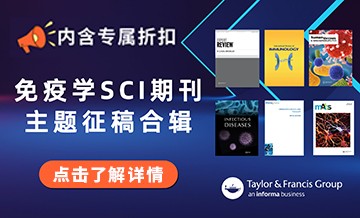

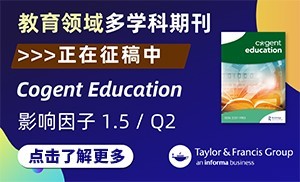
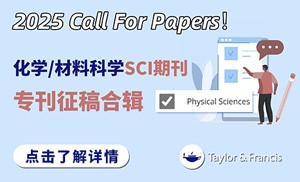
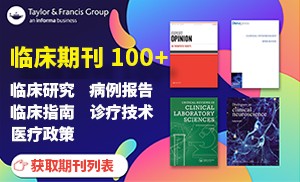
























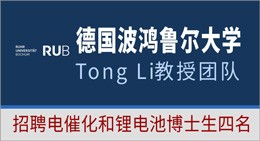







 京公网安备 11010802027423号
京公网安备 11010802027423号